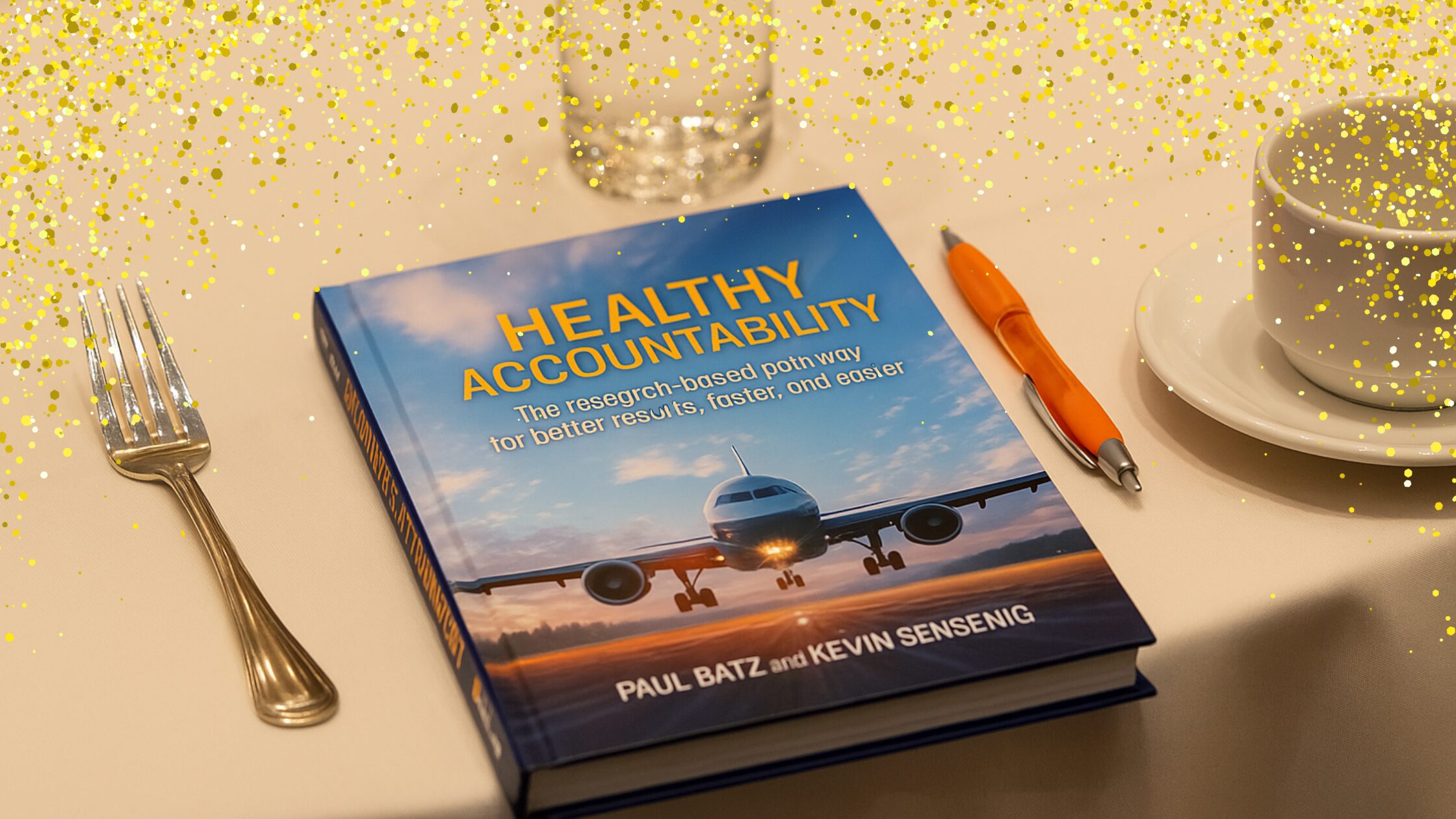

Does the Rule of 1.28 Apply to Your Team?
Paul Batz
Since the founding of Good Leadership, the rigor in how we improve teams comes from consistency in our approach. The decision to repeat certain techniques over and over again uncovers patterns that provide teachable moments. The approach is an investigation into the “relational capital” of a team, as well as the “structural integrity.” Relational capital is about the sense of sincerity – the care and concern leaders have for one another. That helps with accountability. Structural integrity is how well the team is set up to succeed – clarity of goals and roles so the team can build plans and solve problems together. That helps with engagement and commitment.
Great results come from teams who create and maintain an equal mix of relational capital and structural integrity in how they work together. We call this The Epoxy Theory. Epoxy is a highly effective adhesive that only works when two chemical compounds, which do absolutely nothing by themselves, combine to form a very powerful bond. It’s one of the strongest forms of glue.
Here’s how epoxy works for teams: Chemical A is the “relational capital” compound, and Chemical B is the “structural integrity” compound. Teamwork is strongest with a 50-50 mix of the two elements.

Two Patterns to Pay Attention to
Relational capital: Our coaches consistently ask leaders “How are you feeling today?” How you are feeling determines your focus level, engagement, and productiveness. Working that into your daily conversations will help you build relational capital with members of your team, and build an environment stabilized by sincerity and fueled by accountability.
Structural integrity: For more than ten years, we’ve also been asking the team members in individual interviews this question: “What do you think are the top three priorities for the next 12 months for this team?” There’s often a drifting sense of focus that comes from this number: 1.28. We’ve discovered the norm for teams in answering the “top three priorities” question is 1.28 multiplied by the number of people on your team. That means if you have:
- 10 people on the team, you will get 13 (12.8) different answers to the “top three priorities” question
- 5 people = 6 different priorities (6.4)
Why? Even though you are surrounded by talented team members, most of the time they are also fundamentally self-directed – self-directed by their own priorities. It’s human nature. Only 54% of teams surveyed for the first time were aligned around a compelling plan and priorities.
Last week we had a Leadership Alignment meeting with a CEO whose company is based on the west coast. We did this exercise, and the CEO was astonished at how far the focus had drifted. 8 people on the team…11 different answers to the “top 3 priorities” question. (NOTE: this is one of the highest performing teams we know, with industry-leading performance.)
What this means – as you continue to plan for 2024, your team needs to press PAUSE, and create a conversation about focus, prioritization, and the metrics what will help people feel connected (relational capital), and effective (structural integrity). That’s what good leaders do.
If your team has too many conflicting priorities, send us a note to info@goodleadership.com.



